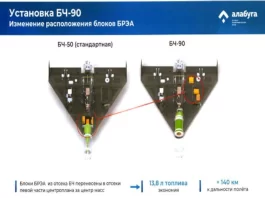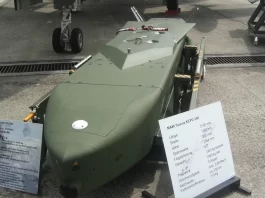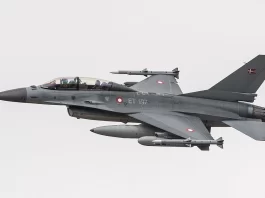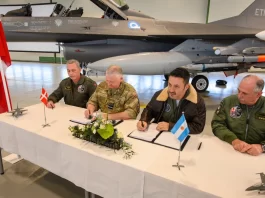The industrial sector of the Soviet Union was severely lagging at the beginning of the 1920s, and by 1925, it had only recovered to the level it had reached before World War I. However, with the assistance of Stalin’s Five-Year Plans throughout the 1930s and 1940s, the Soviet Union became one of the world’s major industrial powers. This, in turn, paved the path for its military-industrial technologies to advance. The Soviet Union became a powerful player in aviation by the late 1940s due to economic growth and industrial expansion from 1928. The Korean War, which took place in the 1950s, was the first time that Soviet fighter aircraft made a significant impact on the rest of the globe.
During its 45-year competition with the United States, the Soviet Union developed numerous versions of fighter aircraft that were decades ahead of their time. As a result, Soviet and Russian fighter aircraft were considered a substantial danger to American air superiority from the 1940s until the early 21st century. This caused difficulties for Western military operations in countries such as Korea, Vietnam, Indonesia, and Iraq. Even though Russia’s dominant position in the aviation industry was reduced with the fall of the Soviet Union and the severe economic recession of Russia in the 1990s, the industrial legacy of the Soviet era continues to influence the balance of power in many parts of the world.
Listed below are six of the most innovative fighter aircraft in the history of the Soviet Union.
MiG-15/17
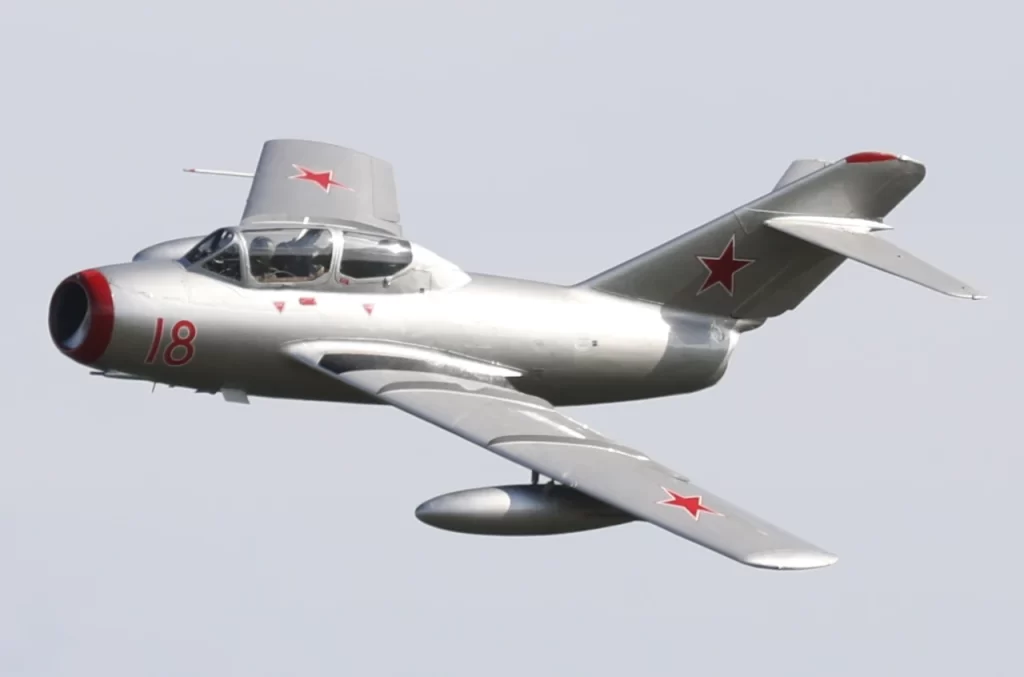
The Mikoyan-Gurevich MiG-15 was a jet fighter aircraft that was designed in the Soviet Union and first went into service with the Soviet Air Force in the year 1949. It was widely acknowledged at the time to be the most effective fighter aircraft in terms of its overall performance. During the conflict in Korea, the MiG-15 was superior to any Western fighter aircraft, including the American F-80, F-84, and F-9F fighters, as well as the British Meteor. The contemporary F-86 “Sabre” aircraft, which featured a design with swept wings, was the only other aircraft that could compete with it.
MiG-21
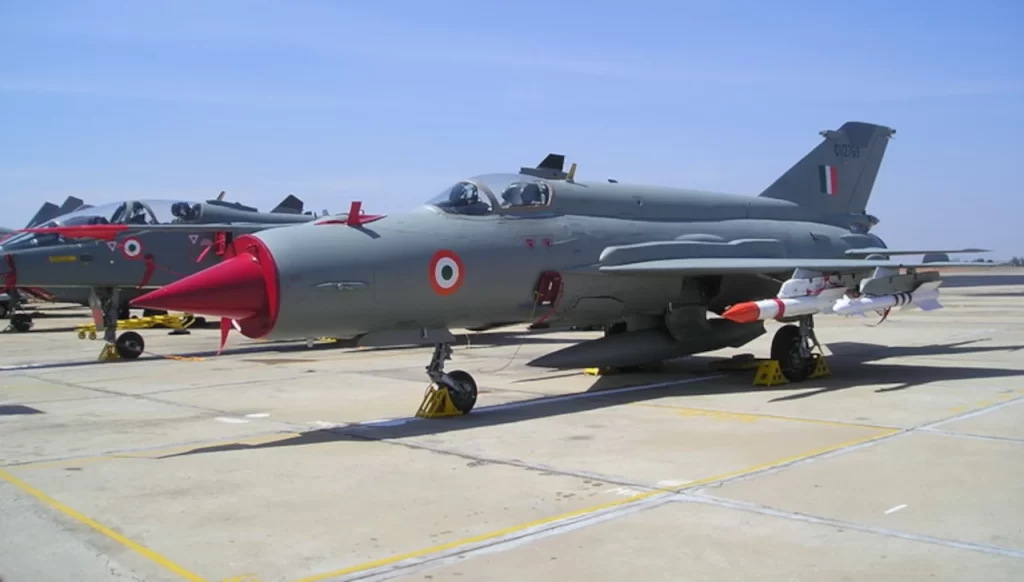
The Soviet Union’s first supersonic jet fighter and interceptor was the MiG-21, a fighter aircraft produced by MiG. It made its maiden flight in 1955 and continued manufacturing until 2013. The early models of the MiG-21, which the Indian Air Force used, could record decisive victories over American F-104 jet fighters used by the Pakistan Air Force. These results demonstrated the unrivalled performance of the MiG-21.
MiG-25
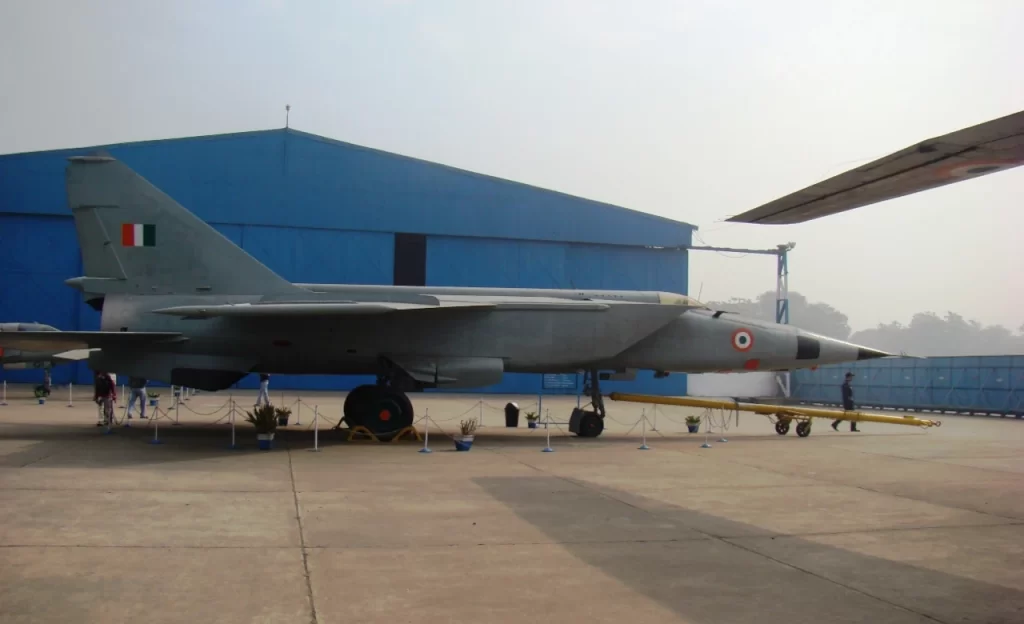
The MiG-25 was a supersonic interceptor that was first put into production in 1970. It was famous for its exceptional speed and altitude capabilities. It was the first fighter plane to fly faster than the speed of sound despite the heat. The MiG-25 was recognised for its tenacity and could outperform most modern fighter aircraft handily.
MiG-31
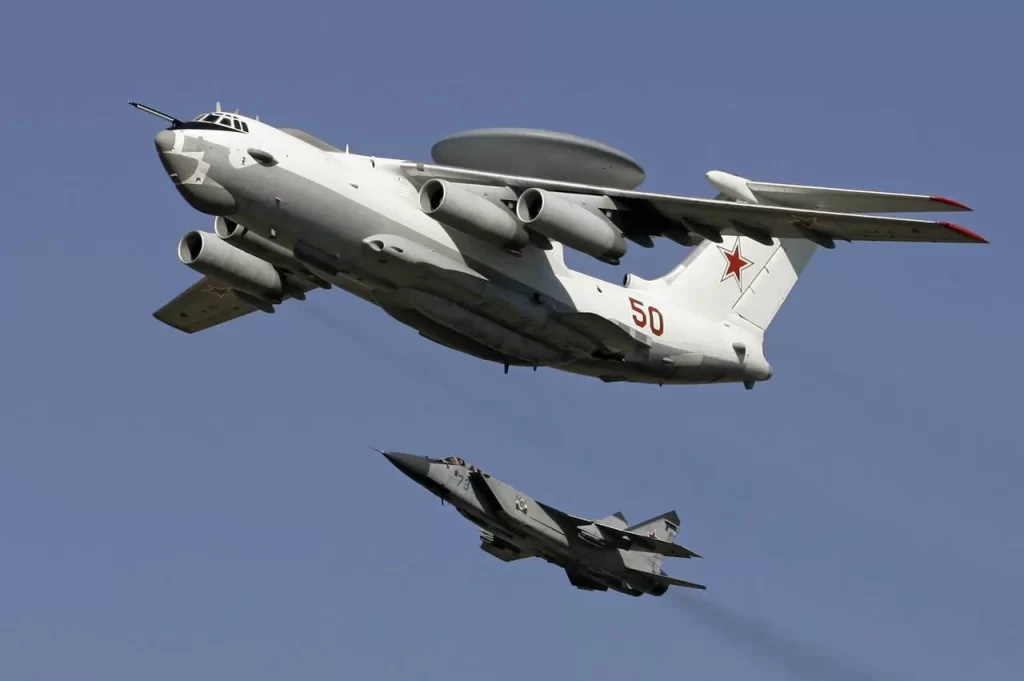
The MiG-31 was an improved and refined variant of the MiG-25 that first saw service in 1981. It had more size, powerful engines, and sophisticated radar systems than its predecessor. It could patrol extensive areas, including the Arctic region, and was designed for long-range air-to-air combat with the capability of engaging in such conflict.
Su-27
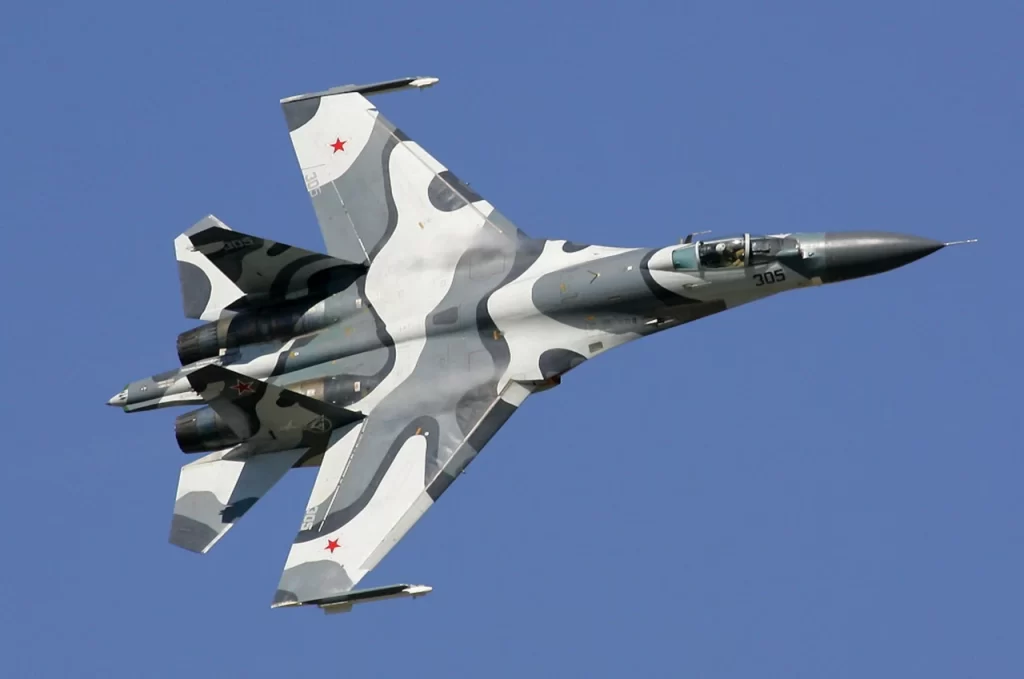
As a heavy twin-engine air superiority fighter, the Su-27, known as the “Flanker,” entered service in 1985. It was supposed to be superior to the American F-15 Eagle in terms of air superiority. Because of its superior manoeuvrability and unrivalled durability, it proved to be an extremely effective fighter aircraft not just during the Cold War but also after it.
MiG-1.42
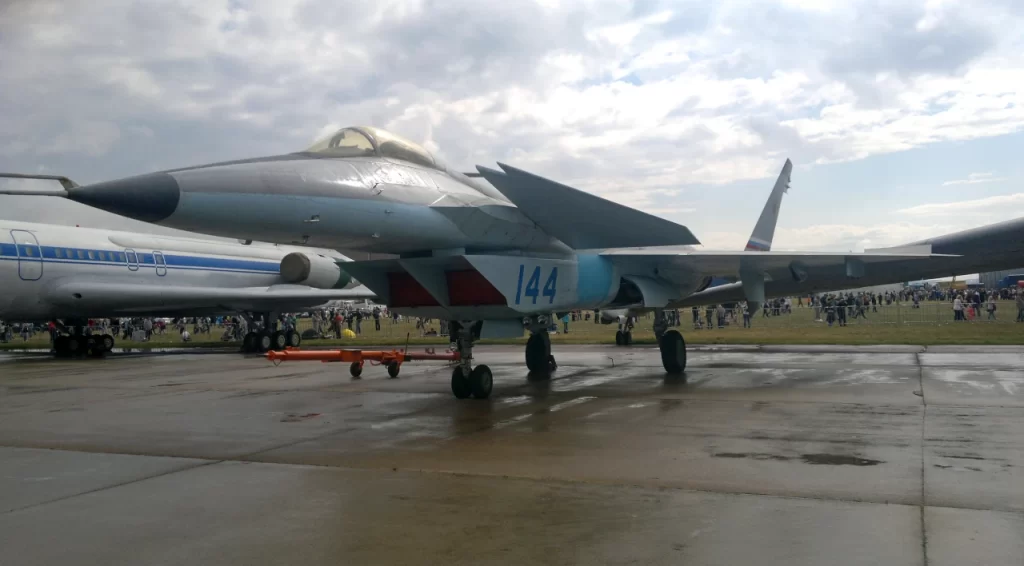
A programme started in the 1980s by the Mikoyan Design Bureau resulted in the development of the fifth generation’s MiG-1.42, an air superiority fighter. Its objective was to achieve a level of performance superior to that of the American F-22 Raptor. The MiG-1.42 was created to set new benchmarks in multiple categories of flight performance. It also included cutting-edge stealth technology, which could absorb plasma. Although the programme was ultimately scrapped owing to financial restrictions, it was essential in laying the framework for the subsequent development of Russian fighter aircraft.

